- Home
- Stephen Baxter
Landfall: Tales From the Flood/Ark Universe Page 12
Landfall: Tales From the Flood/Ark Universe Read online
Page 12
X
With time Tripp’s small party passed beyond the northern boundary of the forest strip, and the carts trundled over a new, open landscape of sparse grasses, mosses, lichens and small, windblown trees. Tripp called this a tundra, another belt of flora and fauna types that stretched around the world’s landmasses. Here and there you saw Slime, puddles of it in dips and hollows and on rock faces, like darkness poking through the world’s wearing-away skin. There were few people to be seen here, only an occasional collection of dome-like huts of animal skin. Tripp said the people hunted a kind of wild sheep, grown large and long-legged with long horns and a thick wiry coat. But Brod never saw any of these exotic animals, as he peered into a horizon that was more often than not laced by grey mist.
More than two hundred watches since they had left Wilson, they had all changed, Brod thought – all save Astiv Pellt, who was as stolid, silent and cheerfully grinning as ever. Even Tripp seemed more withdrawn, more inwardly reflective.
Vala had gone through phases of adjustment. Her early quick interest in the unfolding world around her had dissipated in irritation at her inability to keep her clothes clean, her hair coiffured, her nails shaped as she was used to. And she had got bored with ‘Tripp’s endless lecturing, Astiv’s stupid silences, and Brod’s adolescent sniffing around me,’ as she brutally put it one watch. For a time none of them dared speak for fear of setting off another tantrum. She had come out of that phase too, however, and now rode steadily and silently with the rest, and did her share of the chores and sometimes more, and she started to ask Tripp questions again. She was growing up, Brod thought.
But that wasn’t a comfortable thought, for it meant she might be growing away from him, and that after he had given up his whole world for this girl.
On the tundra stretched, for watch after watch, and in one gloomy village after another children in grimy skins with big dark pupils came out to see them go by.
‘You know,’ Brod ventured, ‘I don’t think I’ve seen anybody crack a smile since we came north out of that forest. Nobody except Astiv, and he’s an idiot.’
Tripp said, ‘It’s not surprising. Look how low the Star is, how murky the light. It’s rarely brighter than this – and it’s not bright enough for people, despite the big wide pupils of the children.’
‘It makes you gloomy,’ Vala said.
‘Exactly. Some of these hunts and tents are brightly lit inside, which helps a little. It gets worse at the Pole; with the dark forever at our backs, we get more than our share of suicides.’
‘But you were never tempted,’ Brod said dryly.
Tripp smiled. ‘Oh, for the thinking person the world is much too rich to leave it early. And besides, there are always the lesser stars, treasures forever hidden from you at the Equator – just wait and see.
‘The real problem is that our world is changeless, Brod. A diorama studded with obvious significant points, like the Substellar and the Antistellar and the Poles. A world where the conditions for living things, including people, are fixed forever by one single parameter, the angular distance from the Substellar point. A world where your fate is forever determined by where you happened to be born.’
‘You could always travel,’ Vala said sensibly. ‘You could always move, as we are.’
‘Very few do,’ Tripp said. ‘The teaching of your church, that you are created just where the Sim Designers intended you to be, has something to do with that, no doubt. But I think that feeds on a certain lassitude in the spirit of humanity here. A feeling of helplessness in the face of the vast celestial machinery we inhabit.’
This conversation of predestination, despair and suicide soon fizzled out, leaving Brod rather relieved, and he retreated into dreams of raids across Star-bright seas.
Still they ploughed further north, watch after watch, across an increasingly empty and desolate terrain.
And then the landscape began to change again. There was more snow, for one thing, which they’d suffered on and off since the boreal forest. Now it pooled and drifted in a landscape of sandstone bluffs carved by wind and shattered by frost. There was less green to be seen now, and what there was amounted to no more than mosses or lichens, mostly gathering around clumps of photomoss, evidently feeding off its light.
Tripp pointed to this as a rare example of symbioses between species from entirely different biospheres. ‘They can’t eat each other, but they can cooperate, in their unthinking way; the photomoss feeds the green things with light, and they in turn break up the rock to give the moss a place to grow …’ Brod barely understood any of this, and cared less.
And, above all, there was the Slime, a black slick that increasingly coated swathes of the bare rock face, as Earth life receded. There came a rest stop when Brod became aware that there was nothing around him but rock and snow and ice and Slime – nothing associated with humanity save the four people themselves, and their carts and animals.
‘I’ve never been a deep thinker,’ he admitted.
Vala guffawed, but Tripp touched her arm, and she quietened.
Brod went on hesitantly, ‘I suppose I’ve always grown up believing in the Sim and the Designers and the Controllers. It was an easy story to understand, and it was what everybody else seemed to believe. But I can’t see why any Sim would have all this deadness in it. What’s the point? Let alone them.’ And he pointed up to an increasingly star-cluttered sky.
Tripp nodded sagely. ‘We’ll make a scientist of you yet.’
‘By the Controllers’ mercy, I hope not!’
The Polar punched his arm playfully. ‘Oh, come on! With the eyes of a scientist, you see so much more. What do you think, Vala?’
‘I think,’ said Vala, ‘that I see a light.’ She pointed north.
They all turned to see. There indeed was a light, right at the northern horizon, a flickering spark.
Tripp took out a small pocket telescope and snapped it open. ‘That’s photomoss light, backed up by a bonfire. It’s the Pole! We’re there! Come on …’
And they encouraged the horses to take a few more weary steps over the frozen ground.
XI
They halted a couple of kilometres short of the Polar citadel. Brod, Vala and Astiv huddled for warmth in their covered cart, stinking of icy fur and the grease they smeared on their faces to keep out the cold, while Tripp went ahead to negotiate entry. She’d said, ‘We came fast, but I’ll bet the news of Khilli’s campaign will have moved faster yet. I’ll make sure they know who we are, and let us in.’
So Brod and Vala had time to consider the enigmatic Substrate structure Tripp had called the Pivot.
It was like the Eye on the Navel, said Vala, in that it was a cylindrical pillar, though this one tapered inwards at the top, and appeared to support no upper structure like the Eye mirror, according to Astiv. But unlike the Eye, which was surrounded by a human-built basalt wall on a mound crusted over with temples, this Pivot stood proud and alone, towering over the shabby human structures at its feet. Some of these hut-like buildings were actually igloos, said Astiv Pellt, built of blocks of old ice. Humans here didn’t have the energy to challenge the ancient architecture.
‘Look,’ Vala whispered to Brod, pointing. ‘They look like birds. In those trees.’
The ‘trees’, they learned from Astiv, were related to the photomoss and other engineered forms. You could find them in a thin belt all along the Terminator, the unmoving boundary between light and dark. Some of them were even rooted in the perpetual shadow; just so long as their uppermost branches saw the Starlight. Their trunks were coated with photomoss – and their ‘leaves’ were actually mirror-birds, who gathered the light with their wings to feed the trees, on which they fed in turn. Every so often something would disturb the birds, and they fluttered up, their wings sparkling with pink-white light, before finding a fresh branch to land on. It was an entrancing sight against the black star-strewn sky behind them.
At last Tripp came stumping back down the road.
She clambered into the cart, frost thick on her coat. ‘They won’t let us in,’ she announced.
After such a journey, this was incomprehensible to Brod. ‘What? Why not?’
Tripp pointed south. ‘Because of your friend Khilli, that’s why. I told you news travels fast. And the news is that Khilli is coming, and not with some light force but a whole army.’
‘It’s too far,’ Brod said. ‘Surely.’
‘No,’ Vala said. ‘My father always spoke of the need to deal with the Pole some time. Maybe he’s decided this is the time.’
‘But the elders don’t want to have to face the Speakerhood - not yet,’ Tripp said thoughtfully. ‘Give us another few Great Years and we will ride out to meet those footslogging soldiers in our armoured motors … But not yet. And not over you two. They want you gone from here, so Khilli can search as he likes and find no trace of you – not even witnesses who saw you. At least that should minimise the damage.’
Vala looked at Brod, and he grabbed her mittened hand.
‘But what are we to do?’ Vala asked. ‘Die out here in the cold? Wait for Khilli and give ourselves up?’
Tripp said, ‘There’s a third way. The elders are prepared to provide horses, fresh provision -’
Brod said, ‘So we could run. But where? Everywhere is south from here.’
Tripp grinned. ‘But there’s more than one destination south.’
And Brod saw it. ‘You’re talking about making for the Antistellar, aren’t you? The middle of Darkside.’
Vala was horrified. ‘Another journey as long as the one we’ve made – and without the Starlight at all?’
Tripp began to explain how the journey would be perfectly survivable, but Brod interrupted. ‘This has been your dream all along, hasn’t it, Polar? Everything else we’ve been through is just an excuse to do this – is that the story?’
‘Not at all,’ she said mildly. ‘It certainly isn’t the way I planned to do it. I came to your mother, Brod, to propose a joint expedition, properly equipped. But this mad dash is better than none at all, in this interval of volcanic mildness. At the minimum Darkside is a place to hide, until Khilli has lost his enthusiasm for the chase – or more likely his army, having reached the end of the world, starts agitating to go home. And at maximum – who knows what we’ll find? Who knows what advantage we might gain?’ She looked at them all, one by one. ‘You’re with me, aren’t you, Astiv? I know you – never happier than when you’re on the road. Well, here’s a road never travelled before. And you, Vala, Brod? Do you want to just give up? Do you want to run and hide? Or do you want to do what you said you’d do, and make history – to have your names remembered for all time, like Helen Gray? Well? What’s it to be?’
Of course there was no real argument.
But still they had to wait for three watches while both Tripp and Astiv visited the station, to pick up resupplies and to immerse themselves briefly in the tangled affairs of their extended, polygamous families, before they set off again.
XII
Another journey, another three hundred watches, each to be counted out by the turning of the big hourglasses mounted in Tripp’s covered carts. And yet now they moved through a world that was its own clock, for with the Star forever invisible below the horizon the pinpoint lesser stars wheeled above them in a cycle that lasted forty-five watches, the length of this world’s day, and its year.
Vala was entranced, and sketched the distinctive patterns the stars made, and tried to measure the time it took them to return to the same position in the sky. Tripp encouraged her. Brod could only look at Vala’s uplifted face, with the air misted by her warm breath, and try to conceal his own helpless longings.
If Vala was adapting to this strange new life, Brod was increasingly sunk in misery. What did he care for the silent stars? – even if humans might have come from one of them. They were cold and remote and abstract, worse even than the frozen world across which he travelled. And what did he care for the Antistellar monument, if it existed at all, that was their goal? It would just be another heap of incomprehensible Substrate antiquity, irrelevant to his life.
He threw himself into the details of the expedition. There at least he could add some value. He liked working alongside Astiv Pellt, who had stuck with Tripp and his two southerners as they swept on past the Pole station; Astiv, dogged and silent despite his habitual broken-toothed grinning, was the glue that held this expedition together.
Tripp had described how she intended to reach the Antistellar – a journey she had been planning for many Great Years. They had kept their two wagons, each with thick covers and newly laden with salted and dried supplies. Their fresh horses, this time four teams for additional redundancy, were unlike any Brod had seen before: ponies really, stocky, round-bodied and covered with thick hair, they were a breed that had been developed by the Polars to be capable of withstanding long periods in the dark and cold lands beyond the Terminator. They even had special spiked iron shoes to be nailed to their hooves if they had to cross bare ice fields. But a part of the plan, unspoken but apparent to Brod, was that not all the ponies might survive the return journey. They would sacrifice themselves for the sake of their flesh, to feed their fellows or their human passengers. So, as he helped Astiv feed and water them, Brod had done his best not to become too attached to the animals.
Supplies were always going to be a challenge. They would melt ice for water, but nothing living – and, more to the point, edible – was expected to be found in the frozen landscapes of Darkside. Tripp patiently explained that just as in normal times the warmth trapped and transported by the air of Earth III stopped the atmosphere itself freezing out on Darkside, so the massive volcanic eruption in the south had injected so much soot, ash and gas into the air that the whole world was warmed above the long-term averages, even the sunless hemisphere. The temperature would never fall so low as to be lethal for humans – if they took appropriate precautions – probably. But they could not expect to find anything living, for plants depended on the Star’s light as much as its heat, and animals depended on plants for fodder.
During an early rest stop, with the four of them huddling in a cart by the light of a photomoss lantern, Tripp took them through sketch maps of the configuration of the continents and oceans of Darkside. These were largely guesswork, based on oral lore, and scraps of Helen Gray’s journal that described surveys compiled from space before Landfall.
‘You can see that much of the northern half of the hemisphere is dominated by this continent, which is an extension of Seba. In the south you have these scattered islands, set in a sea that’s largely covered by pack ice. Around the Antistellar, where the world is coldest, you have this ice cap. But there’s a massive mountain range, it seems, at the Antistellar itself. And we believe the Antistellar Substrate monument will be somewhere in that, clear of the ice. The existence of the mountains themselves may have something to do with their unique position, opposite the Star, perhaps the result of tidal flexing …’
Brod understood none of this, and ignored the questions Vala asked.
Tripp traced their planned route with her forefinger. ‘There’s supposed to be a frozen lake, a massive one, just here. An inland sea, really. So we will skirt to the east of it, as we head generally south. And I intend that we should follow this valley here.’ It was a monumental trench that spanned thousands of kilometres.
Vala was fascinated. ‘A mighty river must have carved this valley.’
Tripp smiled. ‘A river of molten rock. Helen says this is a place where the continent is splitting apart at the seams. Earth III is evidently active in this regard. And you can imagine that such a wound in the world will be warmer than the general landscape, which should help us …’
She spoke of how the continents on Earth III slid about on a deeper liquid layer like scum on stagnant water; at times the currents could break the continents up, or smash them together. Brod had a hard enough time imagining the land, which he had always tak
en as a fixed backdrop to the drama of human life, as itself undergoing evolution, change and growth: whole continents colliding!
But all this speculation made no difference as they pressed on with their journey, a steady progression into eerie darkness, across a landscape frozen bone-hard and illuminated by strips of photomoss on their wagons, and by the stars above when the sky was clear. Everything was strange in the near-dark, distances swimming and hard to judge, the shadows thick and black and threatening, and the only noises in all the world were the clank of the horses’ hooves on the ground, and their own soft voices.
Perhaps the strangest discovery they made was evidence of frozen life. They stumbled across banks of what might have been photomoss, or the trunks of mirror-bird trees, and Slime carpets – even what appeared to be the relics of animals, desiccated and twisted and frozen to the ground by ice like concrete. These were creatures none of them recognised.
‘How is this possible?’ Tripp asked, as if speaking to herself. ‘Can these be relics of previous expeditions? No, surely not, for it is all far too extensive. Somehow these creatures lived here, and grew, and died – perhaps long ago. But how? No light from the Star can reach this place; the other stars are too remote, their light too feeble …’
The deep mystery of these mute corpses troubled her, and Brod found he was obscurely pleased. The Polar was far too smug, in his opinion, far too quick with her explanations of the world. It was refreshing to see her as baffled, at least for a while, as he was all the time.
Soon they came to the rift valley, and followed it, though with caution.
Yes, it appeared to be warmer than the surrounding landscape, but it was filled with features very strange to Brod: lakes of bubbling mud that gave off stinking, choking gases, fields of distorted formations crusted red and yellow in the pale photomoss light, even plains of white rock that looked like ice, but was in fact salt. Tripp explained that this was a new landscape being formed by minerals escaping from the bowels of the earth – and the salt plains may have been left behind by incursions of the ocean into this deep wound.

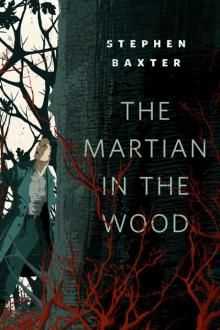 The Martian in the Wood
The Martian in the Wood THE H-BOMB GIRL
THE H-BOMB GIRL World Engine
World Engine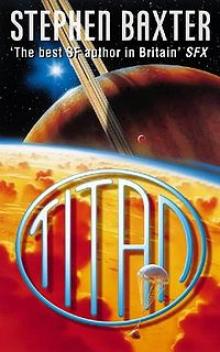 Titan n-2
Titan n-2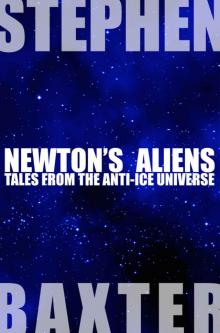 Newton's Aliens: Tales From the Anti-Ice Universe
Newton's Aliens: Tales From the Anti-Ice Universe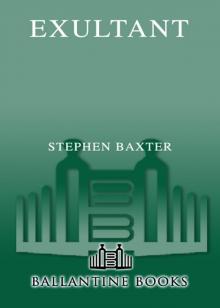 Exultant
Exultant Manifold: Origin
Manifold: Origin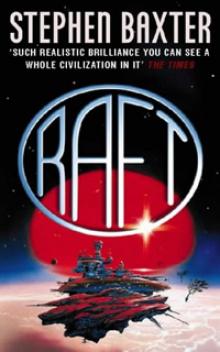 Raft xs-1
Raft xs-1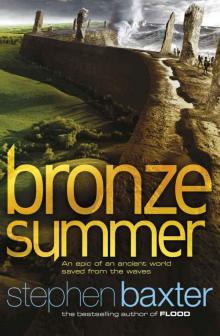 Bronze Summer n-2
Bronze Summer n-2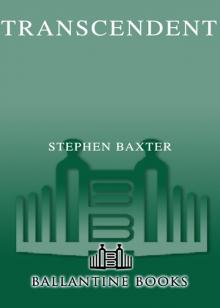 Transcendent
Transcendent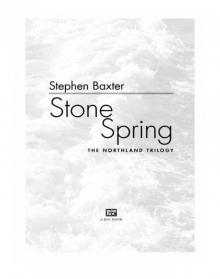 Stone Spring
Stone Spring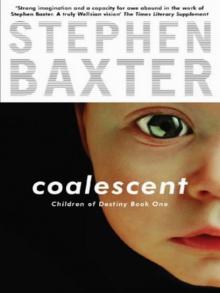 Coalescent
Coalescent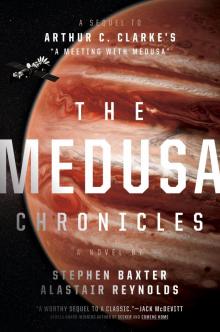 The Medusa Chronicles
The Medusa Chronicles Origin m-3
Origin m-3 Silverhair tm-1
Silverhair tm-1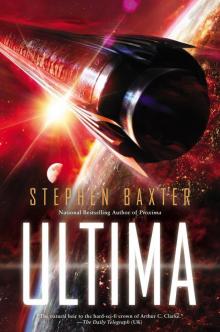 Ultima
Ultima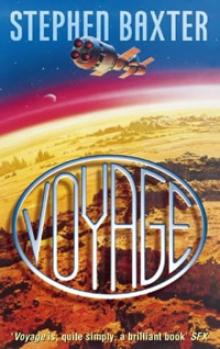 Voyage n-1
Voyage n-1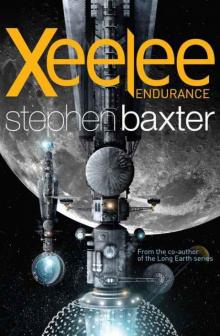 Xeelee: Endurance
Xeelee: Endurance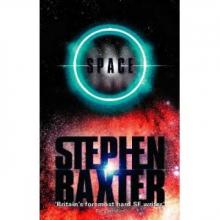 Space m-2
Space m-2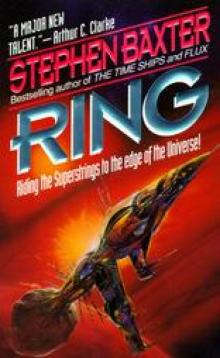 Ring xs-4
Ring xs-4 Raft
Raft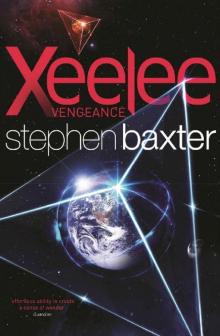 Xeelee: Vengeance
Xeelee: Vengeance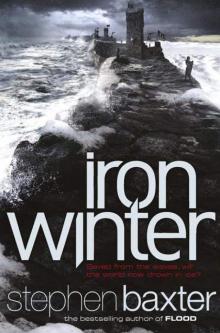 Iron Winter n-3
Iron Winter n-3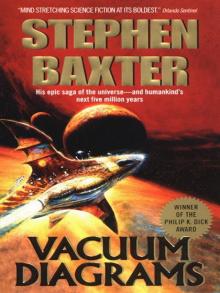 Vacuum Diagrams
Vacuum Diagrams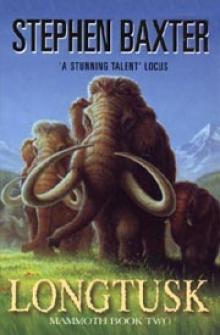 Longtusk tm-2
Longtusk tm-2 Proxima
Proxima Evolution
Evolution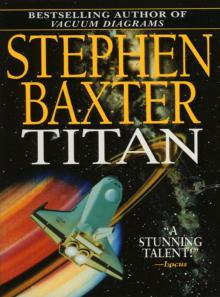 Titan
Titan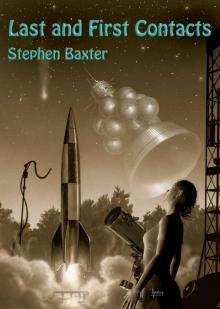 Last and First Contacts (Imaginings)
Last and First Contacts (Imaginings)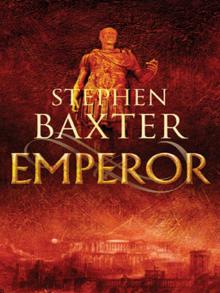 Emperor
Emperor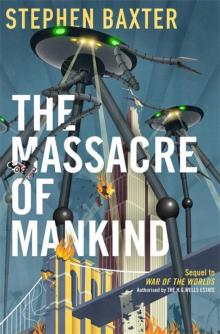 The Massacre of Mankind
The Massacre of Mankind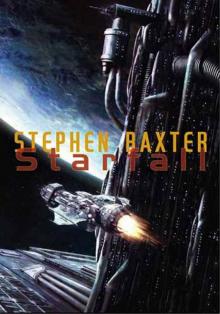 Starfall
Starfall Doctor Who - The Wheel of Ice
Doctor Who - The Wheel of Ice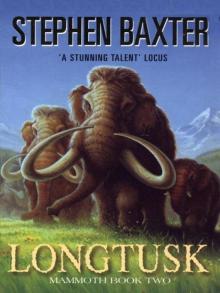 Longtusk
Longtusk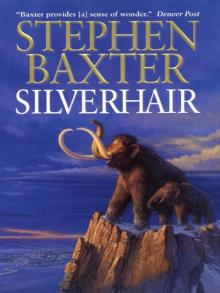 Silverhair
Silverhair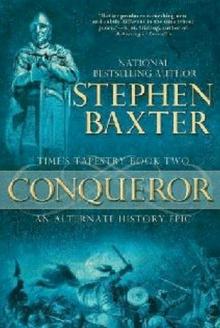 Conqueror tt-2
Conqueror tt-2 Flood
Flood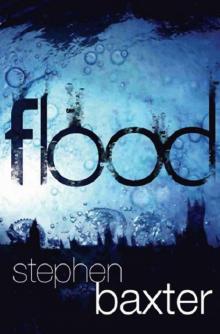 Flood f-1
Flood f-1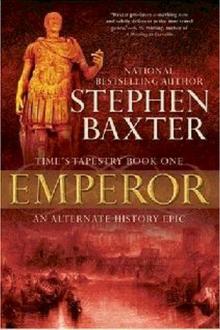 Emperor tt-1
Emperor tt-1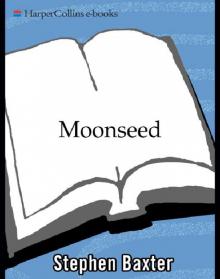 Moonseed
Moonseed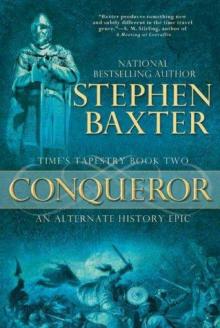 Conqueror
Conqueror Timelike Infinity xs-2
Timelike Infinity xs-2 The Ghost Pit
The Ghost Pit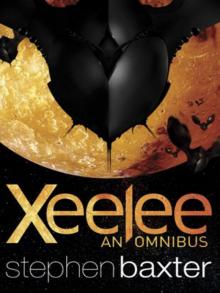 Xeelee: An Omnibus: Raft, Timelike Infinity, Flux, Ring
Xeelee: An Omnibus: Raft, Timelike Infinity, Flux, Ring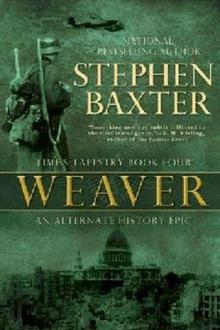 Weaver tt-4
Weaver tt-4 Landfall: Tales From the Flood/Ark Universe
Landfall: Tales From the Flood/Ark Universe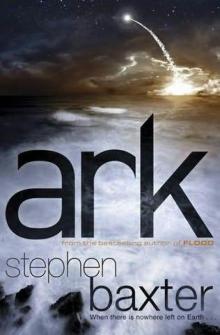 Ark
Ark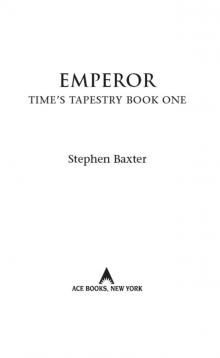 Emperor: Time’s Tapestry Book One
Emperor: Time’s Tapestry Book One Space
Space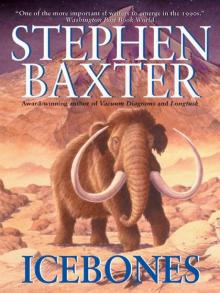 Icebones
Icebones Manifold: Space
Manifold: Space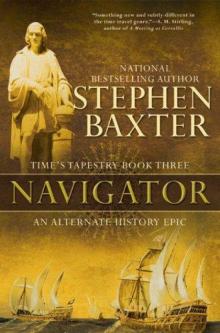 Navigator
Navigator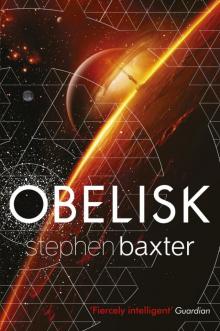 Obelisk
Obelisk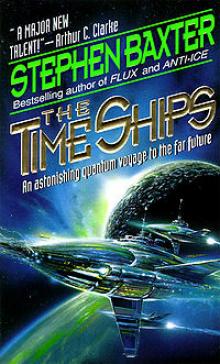 The Time Ships
The Time Ships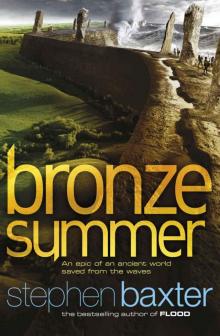 Bronze Summer
Bronze Summer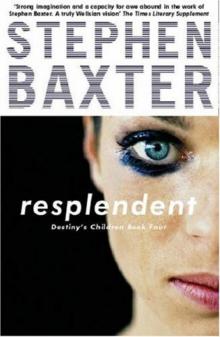 Resplendent
Resplendent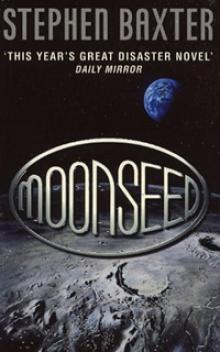 Moonseed n-3
Moonseed n-3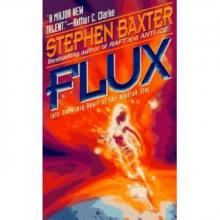 Flux xs-3
Flux xs-3 Transcendent dc-3
Transcendent dc-3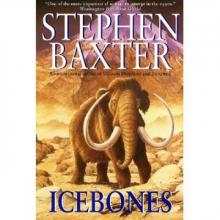 Icebones tm-3
Icebones tm-3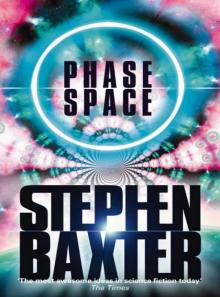 Phase Space
Phase Space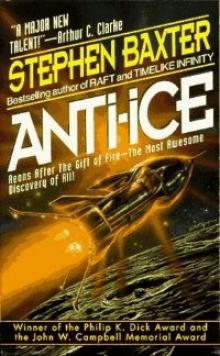 Anti-Ice
Anti-Ice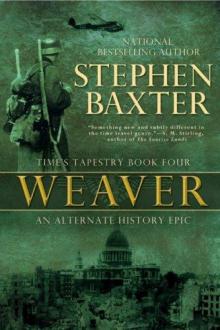 Weaver
Weaver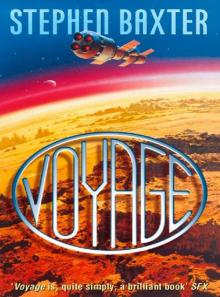 Voyage
Voyage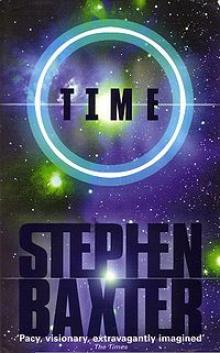 Time m-1
Time m-1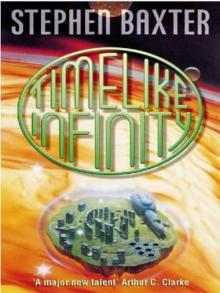 Timelike Infinity
Timelike Infinity Exultant dc-2
Exultant dc-2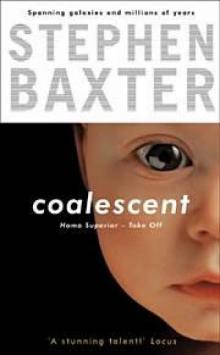 Coalescent dc-1
Coalescent dc-1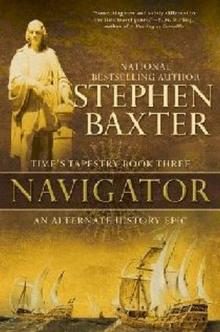 Navigator tt-3
Navigator tt-3